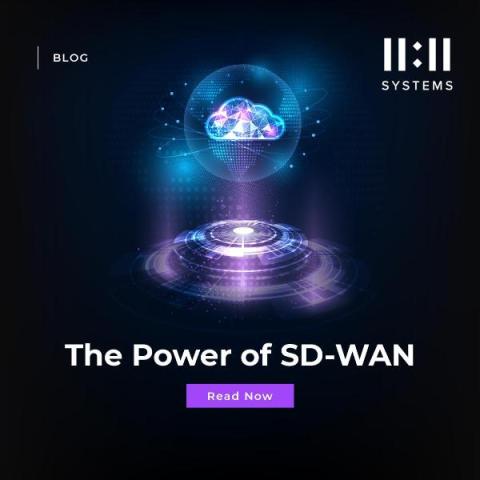Security | Threat Detection | Cyberattacks | DevSecOps | Compliance
Security
Understanding Cybersecurity Footprinting: Techniques and Strategies
Footprinting, also known as fingerprinting, is a methodology used by penetration testers, cybersecurity professionals, and even threat actors to gather information about a target organization to identify potential vulnerabilities. Footprinting is the first step in penetration testing. It involves scanning open ports, mapping network topologies, and collecting information about hosts, their operating systems, IP addresses, and user accounts.
Cyberattacks on Gaming Developers: Five Security Tips
Gaming companies collect data concerning user behavior for a variety of reasons: to inform investment and content decisions, enable game and advertisement personalization, and improve gameplay, to name a few. However, the data available provides a daunting task for those attempting to make use of it, as well as a ripe target for attackers. Effectively utilizing and protecting this data can be a challenge, especially as the volume of gaming data increases over time.
CVE-2023-22515: Critical Privilege Escalation Vulnerability in Confluence Data Center and Server
Jit is live on AWS! Sneak peek Episode 3 - 26-09-2023
Microsoft's Anatomy of a modern attack surface: A breakdown
In today’s hyper-connected digital landscape, cyber security has grown increasingly complex. Organisations are shifting operations to the cloud, enabling remote work, and engaging with third-party ecosystems, expanding the potential attack surfaces. Threat actors are exploiting this complexity with high-volume, multi-faceted attacks.
CVE-2023-20101: Critical Authentication Bypass Vulnerability in Cisco Emergency Responder
Cyber Insurance Policy: How Many Is Enough?
Tutorial: Upgrade Firebox Firmware
Put Cloud in the Fast Lane: Why SD-WAN
If routing traffic on your network, managing cloud-based software-as-a-service (SaaS) applications, or general cloud connectivity is becoming more difficult for your IT team to manage, you may be ready for a software-defined wide area network (SD-WAN). SD-WAN is powerful networking tool that can help you centrally manage your traffic flow, independent of the underlying hardware on your network.










